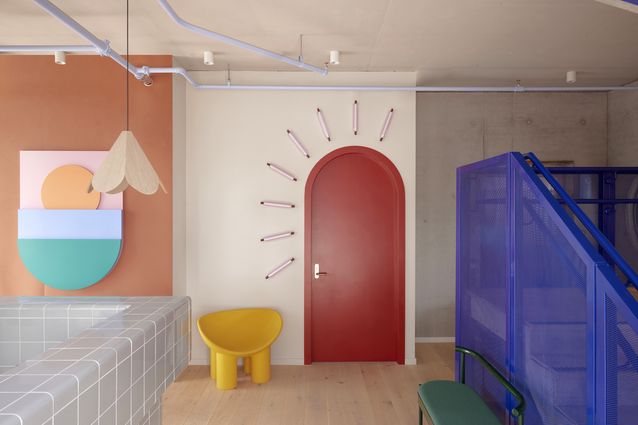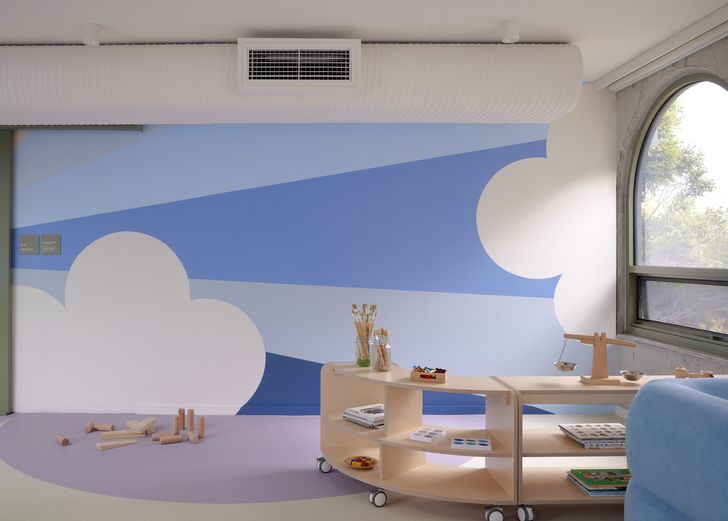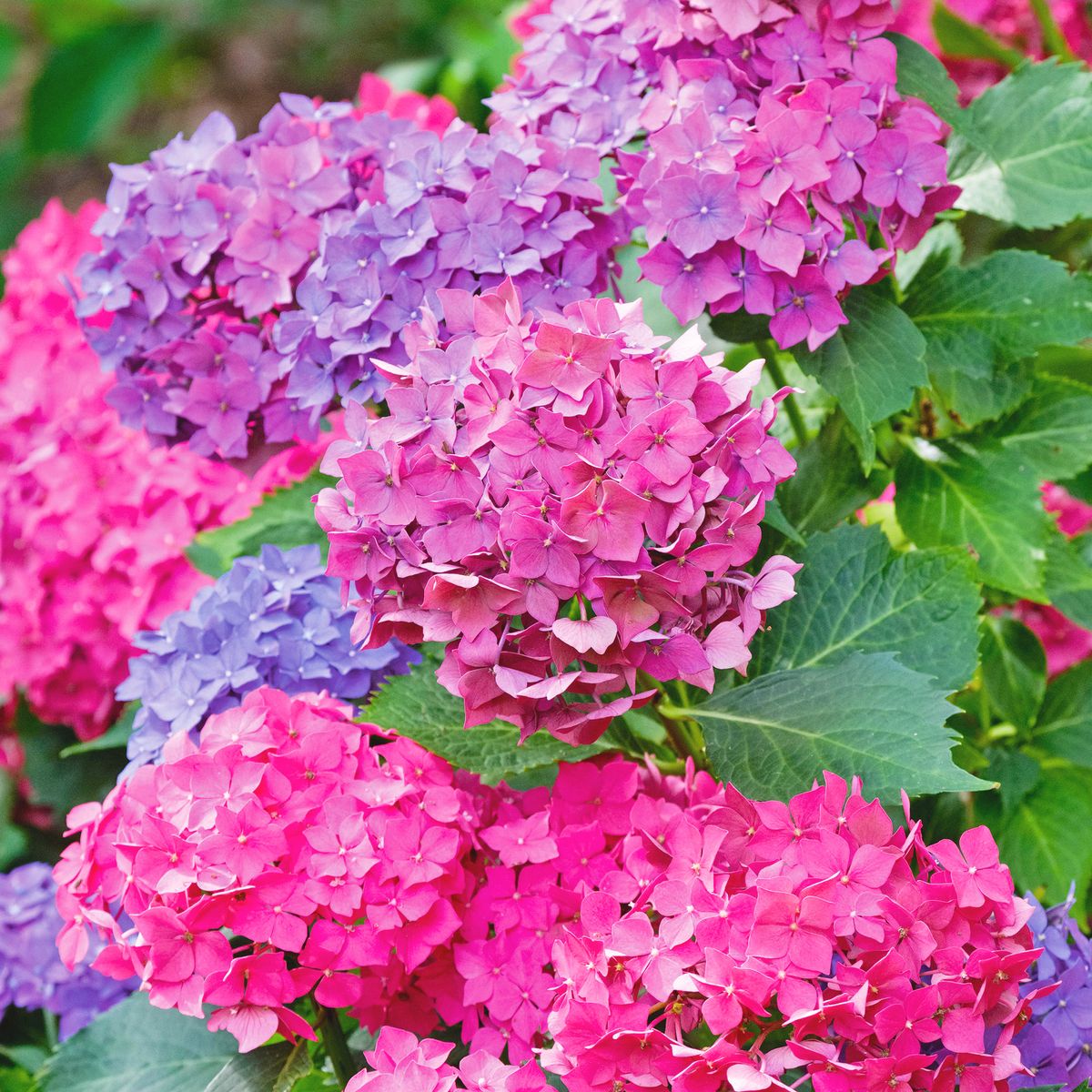[ad_1]
The design of Harbour Early Learning, with architecture by SJB and Supercontext and interiors by Danielle Brustman, connects children with educators, nature and the broader community. This connection is facilitated through the thoughtful layout of indoor and outdoor spaces across three levels, each offering immersive thematic experiences, as Brustman explains.
“The ground floor playrooms talk to themes connected to the water – boat, rainbow, sea – and the first floor play rooms relate to themes connecting to the sky – sunsets, clouds.
Harbour Early Learning, with architecture by SJB and Supercontext and interiors by Danielle Brustman
Image:
Sean Fennessy
“The guiding muse behind the interior design is the natural beauty of Sydney Harbour and the interior draws reference from it in order to strengthen engagement between children and the surrounding nature.
“Each play space is treated as a unique opportunity to stimulate the imagination of a child and engage with ideas and themes that will enhance their learning and experience and is contextualised to the natural beauty of the surrounding harbour,” says Brustman.
“Each wall, surface and material throughout the building adopts a complex colour scheme that blends varying hues and texture through paint, surface materials and fixtures. There are hand painted murals in rooms, Marmoleum flooring is inlayed with graphic shapes relating to themes. The art sinks and bathrooms are all colour graded with curved D -Tiles. Every room is treated individually to enhance the children’s experience as they move to other rooms as they grow. Each room has a new set of narratives to engage with.”
Harbour Early Learning, with architecture by SJB and Supercontext and interiors by Danielle Brustman
Image:
Sean Fennessy
A significant aspect of the centre’s community engagement involved establishing a meaningful connection with the local Aboriginal Land Council, says Wendy Shepherd, Harbour Early Learning executive director of education.
“Reaching out to form a respectful relationship with the traditional custodians of Mo’ring now known as Vaucluse, has been an ethical, as well as a genuine, and sincere responsibility, in the building of Harbour Early Learning, Vaucluse.
“This relationship we have begun to build, will deepen our awareness of the traditional and cultural funds of knowledge of the Birrabirragal people, a Dahrug coastal language group and this information in turn will inform our pedagogy and practices, with the long-term objective of creating respectful relationships and a more knowledgeable, sustainable respect for the land, sea and air,” says Shepherd.
[ad_2]
Source link













